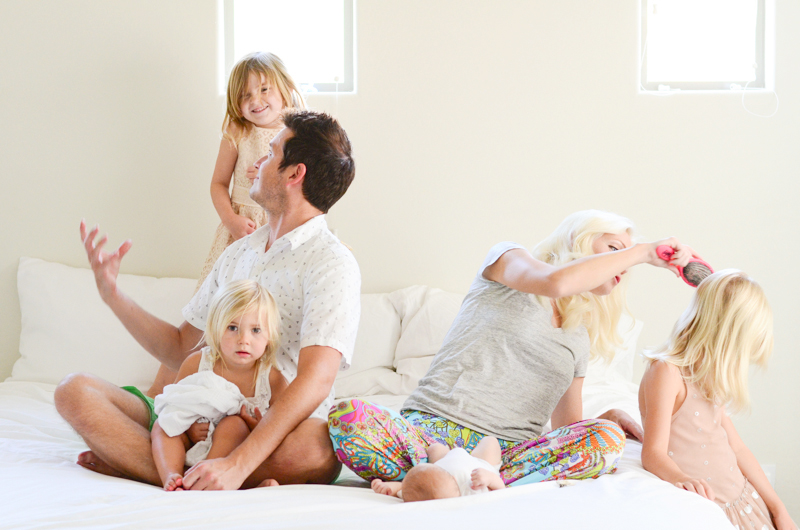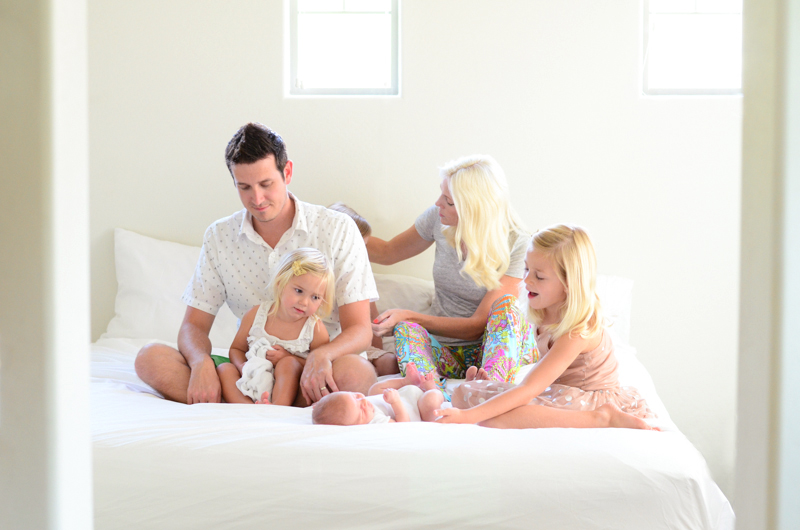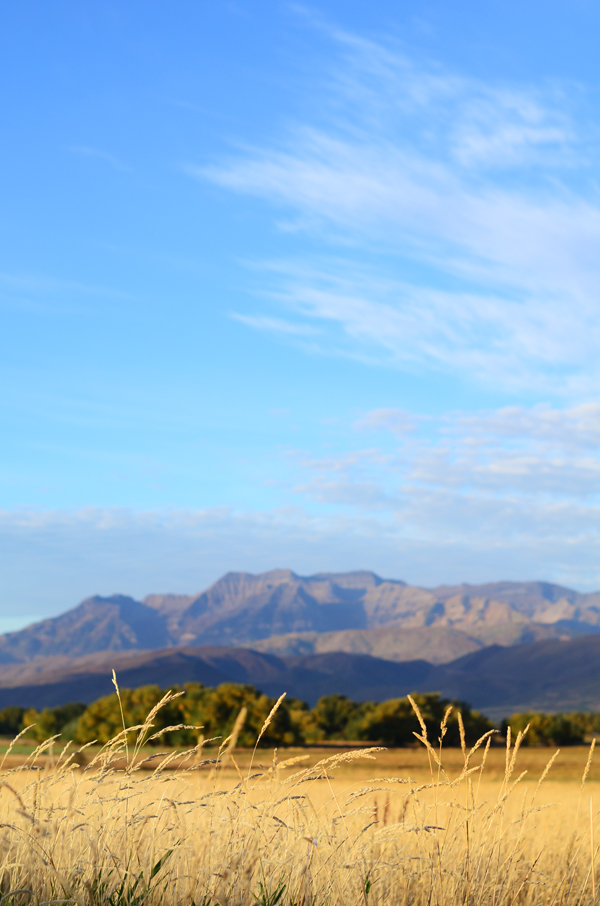I am so honored to be featured here today! When Alise asked me, I was so excited to share! My name is Devan Jacobsen, owner of Devan Rae Photography. I am married to an amazing man, Spencer. We have two lovely children, a 3.5 year old little boy & a 1.5 year old little girl. They keep us on our toes! We love being outdoors & having adventures, which only fuels my love for photography. My family is my greatest joy, and they continue to encourage my love of photography. I am truly indebted to them!
I have loved photography for as long as I can remember. I used to play with my mom's film cameras when I was younger. I took class after class in High School. I was enthralled in everything having to do with photography. I loved the aesthetic that could be produced with a camera! When I was applying to colleges, I knew what I wanted to be. A Photographer! I just wasn't positive what type of photography I loved yet. My parents always encouraged me to follow my dreams! They bought me my first camera. They paid for my crazy expensive film hobby too. My parents & my husband have been my greatest advocates! I graduated with my Bachelor of Fine Arts Degree from Utah Valley University and went to work in my town Photographing Newborns, Births, Families, & Weddings. I love portraiture!
































